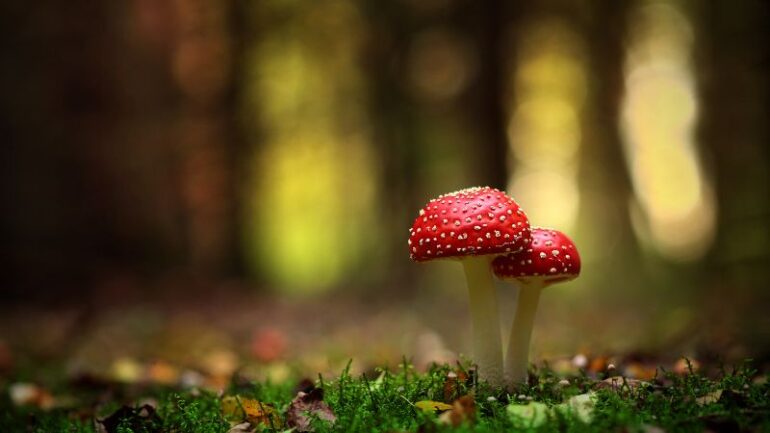Different types of fungi can be found across the nation with fairy tales and movies often referencing one of Australia’s native mushrooms: the vermilion amanita, a red mushroom covered in white warts.
While fungi is fairly common in your average field or garden, they differ substantially from other plants due to how closely related they are to humans.
According to Cosmos magazine science journalist Matthew Agius, fungi are closer to animals than they are to plants.
“1.5 billion years ago plants branched off on the evolutionary tree and about a billion years ago, fungi and animals branched off from each other. The most obvious evidence for this is in the way animals and fungi obtain energy compared to plants,” he said.
“Whereas plants use coroplasts to create their own food through photosynthesis, fungi and animals need to consume energy from outside sources.”
A common myth about fungi is that all fungi can produce mushrooms; well apparently, that’s not the case!
All fungi harbours special qualities and nuances which make up different substances including truffles and yeast which is most commonly used for beer and bread.
These two types of fungi come from the ascomycete’s family, which is also responsible for penicillium mold. Sound familiar? Well, it should because penicillium was discovered in 1809 by German naturalist Johann Heinrich Friedrich Link, who went on to use the Penicillium mold to create penicillin: the world’s first anti-biotic.
Matthew Agius takes us through some of the wonderful facts and myths about fungi including how closely related fungi is to the human race, which type of fungi is the most common and which fungi is killing off frogs around the world.
Tune into the full episode of Huh? Science Explained below…
Huh? Science Explained is here, the twice-weekly podcast brought to you byLiSTNRand Cosmos.
